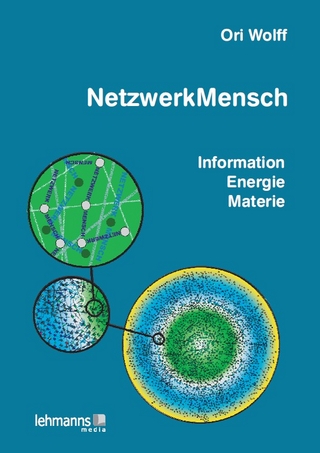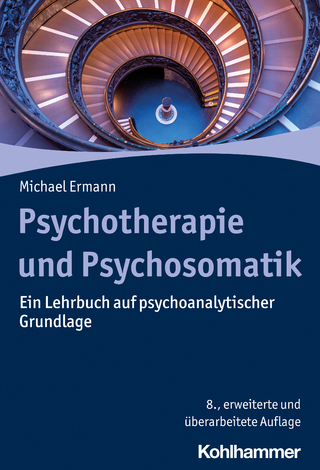
The Epilepsy Prescriber's Guide to Antiepileptic Drugs
Cambridge University Press (Verlag)
978-1-108-45320-2 (ISBN)
This essential and concise clinical reference guide serves diverse clinicians and allied health professionals who prescribe antiepileptic drugs in contemporary clinical practice. Fully updated, it features chapters on newly-approved drug brivaracetam, updated paediatric prescribing, use in particular populations including women, the elderly, and patients with cognitive impairment, as well as sections on teratogenicity, pregnancy, and lactation. In full colour throughout, the guide provides comprehensive antiepileptic drug (AED) prescribing information, covering all thirty-five AEDs in alphabetical order. Each chapter features eight coloured sections including general therapeutics, pharmacokinetics, interaction profile, adverse effects, dosing and use, special population considerations, a summary overview, and suggested reading. Perfect for quick reference use, the guide is practical and essential for all AED drug prescribers including adult and paediatric neurologists, neurosurgeons, psychiatrists, internists, geriatricians, paediatricians, family physicians, as well as allied health professionals and resident, fellow, and student trainees in all related medical fields.
Philip N. Patsalos is Professor of Clinical Pharmacology at University College London's Institute of Neurology and Director of the Therapeutic Drug Monitoring Unit based at the Chalfont Centre for Epilepsy, Chalfont St Peter. He has more than 200 publications, has served on International League Against Epilepsy (ILAE) committees, and is currently Associate Editor of Epilepsia and of Therapeutic Drug Monitoring as well as Deputy Editor of the Journal of Epileptology. He was recently awarded the 2016 Excellence in Epilepsy Lifetime Achievement Award by the British Branch International League against Epilepsy (ILAE) for his contribution to epilepsy care and research. Erik K. St Louis is Associate Professor of Neurology and Consultant in Neurology at the Mayo Clinic College of Medicine and Science in Rochester, Minnesota. He previously co-directed the comprehensive epilepsy programs at Marshfield Clinic, Wisconsin, and the University of Iowa, and has recently co-edited two books on epilepsy and EEG. His research interests include the relationships between sleep and epilepsy and the parasomnias.
1. Acetazolamide; 2. ACTH; 3. Brivaracetam; 4. Carbamazepine; 5. Clobazam; 6. Clonazepam; 7. Diazepam; 8. Eslicarbazepine; 9. Ethosuximide; 10. Felbamate; 11. Fosphenytoin; 12. Gabapentin; 13. Lacosamide; 14. Lamotrigine; 15. Levetiracetam; 16. Lorazepam; 17. Methsuximide; 18. Midazolam; 19. Oxcarbazepine; 20. Paraldehyde; 21. Perampanel; 22. Phenobarbital; 23. Phenytoin; 24. Piracetam; 25. Pregabalin; 26. Primidone; 27. Rufinamide; 28. Stiripentol; 29. Sulthiame; 30. Tiagabine; 31. Topiramate; 32. Valproate; 33. Vigabatrin; 34. Zonasimide.
| Erscheinungsdatum | 12.08.2018 |
|---|---|
| Zusatzinfo | Worked examples or Exercises |
| Verlagsort | Cambridge |
| Sprache | englisch |
| Maße | 123 x 187 mm |
| Gewicht | 410 g |
| Themenwelt | Geisteswissenschaften ► Psychologie ► Klinische Psychologie |
| Medizin / Pharmazie ► Medizinische Fachgebiete ► Neurologie | |
| Medizin / Pharmazie ► Medizinische Fachgebiete ► Pharmakologie / Pharmakotherapie | |
| Medizin / Pharmazie ► Medizinische Fachgebiete ► Psychiatrie / Psychotherapie | |
| ISBN-10 | 1-108-45320-1 / 1108453201 |
| ISBN-13 | 978-1-108-45320-2 / 9781108453202 |
| Zustand | Neuware |
| Haben Sie eine Frage zum Produkt? |
aus dem Bereich


